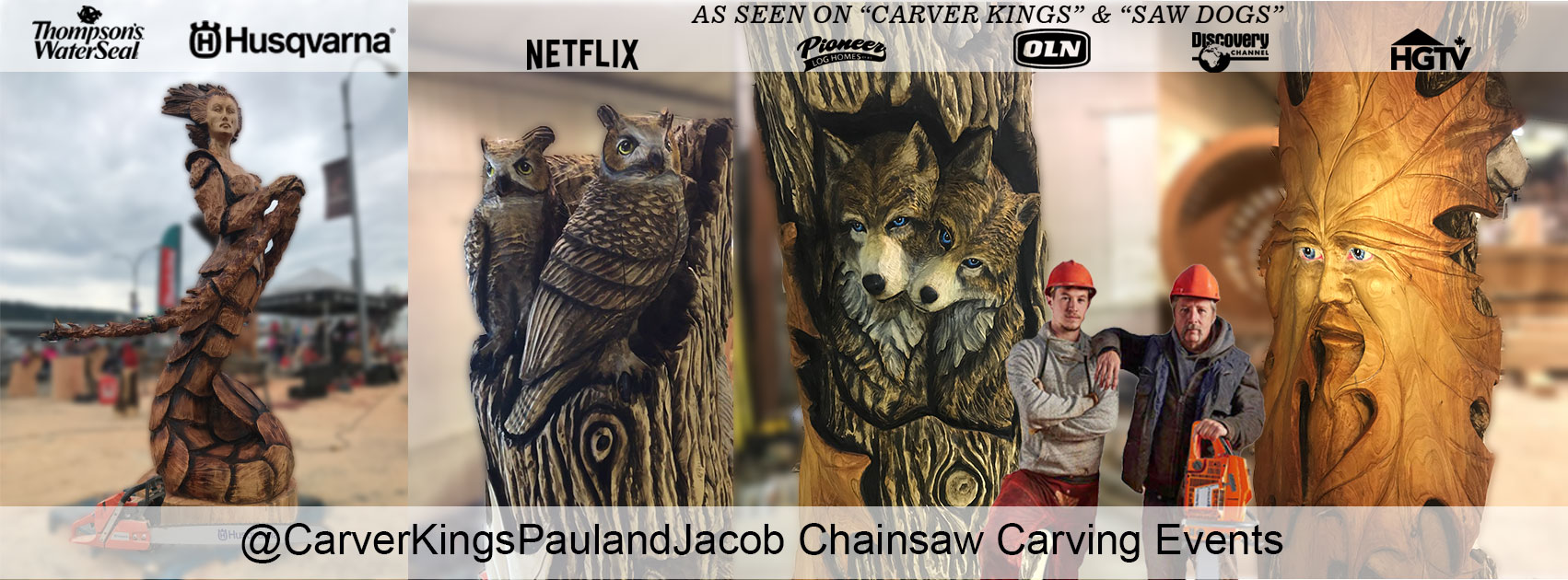In an attempt to expand my knowledge and maybe make a little money as well, I figured I would take a little dive into the world of mold making and reproduction.
I originally figured I would get a mold made of the Dragon and had it quoted by a couple of professional mold makers. The quotes ranged in price from about $2500 to $5000 for the initial Mold and subsequent castings in the range of $400-$500 each. Ouch, thats just a little too rich for my blood to get started on a concept. Of course if I had presales of 20 or so I would consider it. But its also kind of hard to sell something when you dont know exactly what it will look like yet. After all the Dragon looks great as is carved in wood, but what will it look like in Cement or fiber resin?
Well I always like to learn new things, so here I am. I met a new friend Bob the other day and started discussing some of the finer points of mold making. Bob, having had some experience with mold making was also interested in helping reproduce some of my carvings. So off we went to Toronto to find a supply store. After talking with the sales people about several different options (and there are many), we decided on what we thought would be the best options for ease of use, toxicity or lack of, finished product durability for external/internal use, options for finish and finally cost.
And I thought I would just saunter over to the local supply store and grab a couple things and start production! Ha. Not so fast. That was a lot of information to cram into a single day. In the end we walked out of the store with few things to get started with for about $500. Yes it is expensive, and there are cheaper methods to go, but for quality product this is about the cheapest.
What did we get for $500?
For creating the molds we got the liquid Latex rubber. No mixing involved, the silicone alternative is a two part mix that gives off toxic fumes and must be mixed precisely. The latex gives off ammonia, but that is not as bad as the other stuff. Latex is also about 1/5th cost of Silicone.
Next we got Smoothon Plastipaste for the mother mold (outer support shell for the mold). This is a two part mix; however it is mixed by volume not weight and is non toxic. The alternative is fiberglass which is very toxic and puts out some pretty bad fumes, is cheap but takes a while to setup and be used. The Plastipaste can be used fairly safely indoors or at least in the garage, is about 3 times the cost of fiberglass but it is non toxic and is also cured in less than 90 min, so you can cast in the same day.
For casting the molds we went with a fairly new product called Winterstone. This is a cement based product that only requires the addition of water, is mixed by volume or weight, can be cast or modled with fingers or tools, non-toxic, can be shaped to any form and can be integrally pigmented or externally painted. You can also add metal additives for cold metal castings that look like the real thing (Brass,Copper,Silver etc) Patinas can also be used for tinting and aging. So obviously this product has many options. After seeing some of the sample finishes it is capable of, we were sold on it. Now its just a matter of figuring out how to use it and achieve the required results.
So given this decision, we also acquired a few different powder based pigments as well as a few bottles of different Patinas as well as the base metal powders Iron and brass (not cheap). Finally just a few last things like, cheese cloth, brushes, gloves, powder, mixing cups, mixing sticks, mixing buckets, universal releasing agent, sealing wax, pieces of plywood for the base and support and pipe for handles for bigger molds.
And now the FUN begins!!!!!
Check back often for updates on our progress in mold making. We will start with making some small sample molds of a section of the dragon scales to test out the latex and Plastipaste and also to cast a bunch of samples to try out the different types of finishes.
